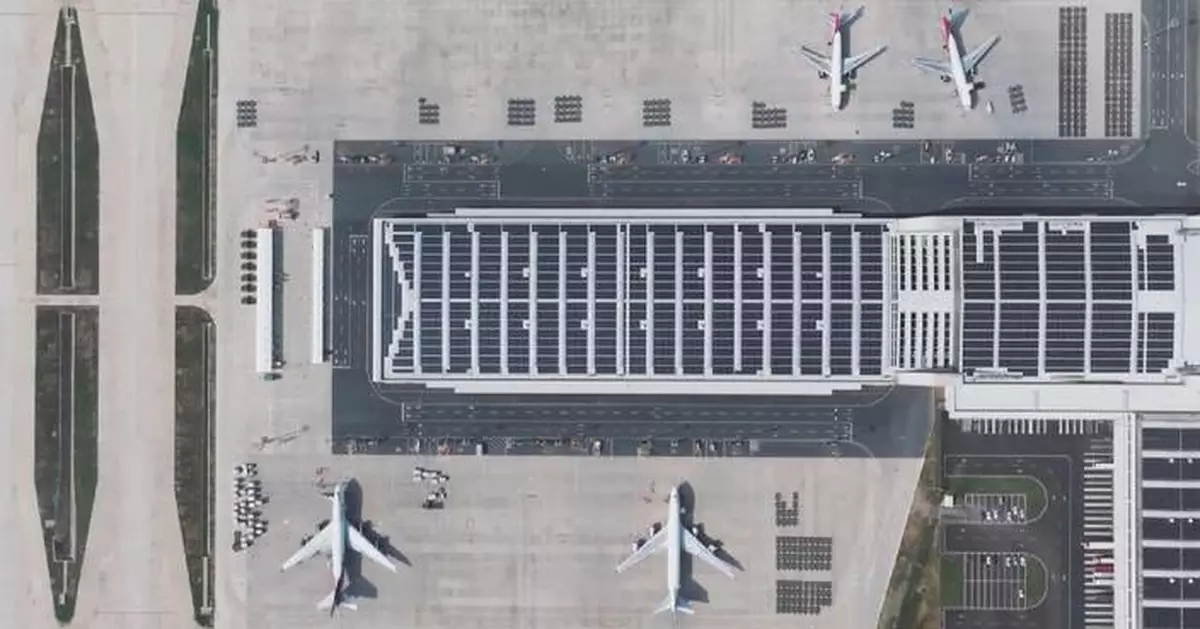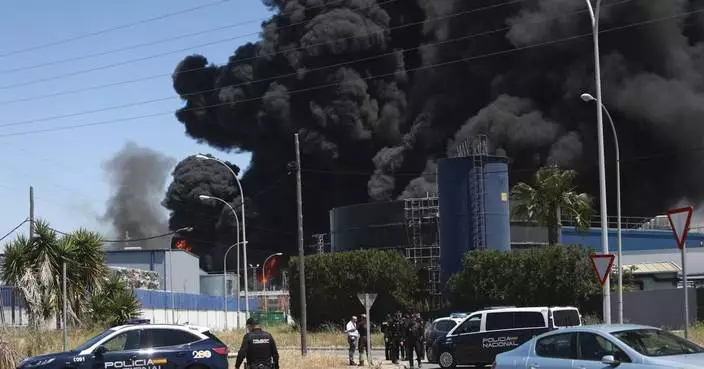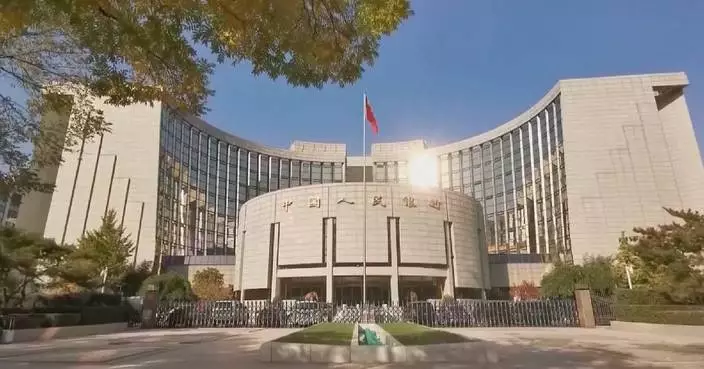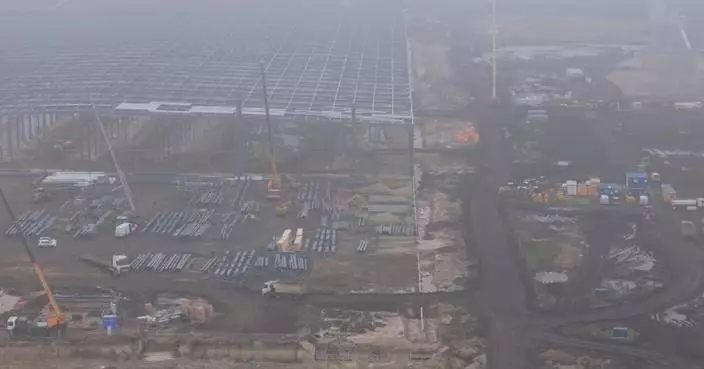China's civil aviation sector maintained steady operations in 2024, with both air passenger traffic and fixed-asset investment reaching record highs, according to the Civil Aviation Administration of China (CAAC).
The industry's watchdog revealed that the country's civil aviation industry last year achieved a record passenger volume of 730 million and a cargo and mail volume of 8.98 million metric tons, with year-on-year increases of 17.9 percent and 22.1 percent, respectively.
During the same period, the number of international flights surged to weekly 6,400, reaching 84 percent of pre-pandemic levels, with the international cargo and mail volume jumping by 29.3 percent.
Thanks to record passenger numbers and steady growth in cargo volumes, the sector in 2024 reduced its losses by 19.24 billion yuan (around 2.62 billion U.S. dollars) from a year ago, hitting the break-even point and swinging back into the black.
From January to December, the sector's fixed-asset investment exceeded 100 billion yuan (roughly 13.64 billion U.S. dollars) for the fifth straight year, hitting a record high of 135 billion yuan (about 18.41 billion U.S. dollars), the CAAC highlighted.
In 2024, China's aviation infrastructure underwent significant expansion, with the addition of five new runways, 25 aircraft parking stands, and 19,000 square meters of terminal building area. This growth brought the total number of transport airports to 263, with a combined capacity to handle 1.5 billion passengers. Additionally, the first phase of control capacity improvement projects was fully implemented.
The year also saw steady progress on key projects outlined in the 14th Five-Year Plan (2021-2025), including the development of advanced air traffic control radar systems, weather radar networks, and expanded communication networks. Furthermore, the country's air route network was enhanced with the introduction of 45 new routes, spanning a total of 8,349 kilometers.
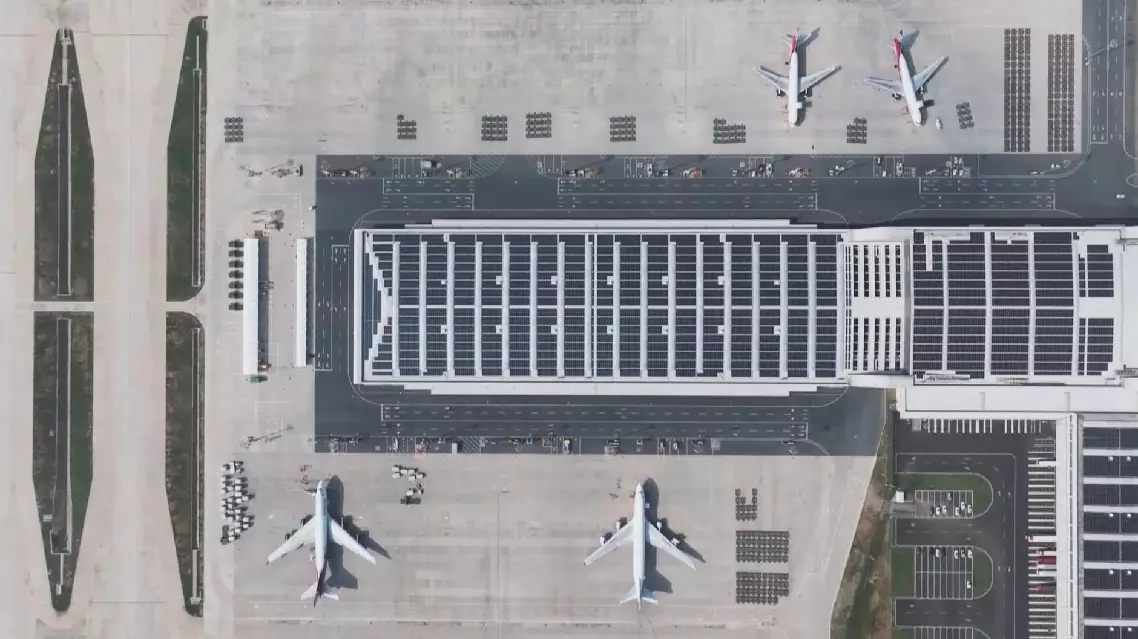
China's civil aviation sees record-high passenger trips, fixed-asset investment in 2024
Mounting uncertainty over the U.S. tariff policies under President Donald Trump's administration is fueling distress among the farmers of Iowa state, a U.S. state long regarded as the "granary and breadbasket of America," and disrupting the agricultural sector, particularly its soybean industry.
Iowa's agricultural sector is heavily export-dependent, and the U.S. abuse of tariffs has left the state's farmers uncertain about how to plan for the future amid sudden changes in policy direction.
"It has been really difficult, especially with the stress on the market since the announcement of the tariffs. Any unsold soybeans that we have now will sell at a loss. It's what does the next three years look like in this very uncertain environment with different tariff ideas every day, every week. Like how do we plan as a business for that," said farmer Corey Goodhue.
The uncertainty has pushed some farmers to shift to alternative crops like corn, which currently faces fewer trade obstacles. But the switch comes at a cost. Prices for fuel, fertilizer, and other inputs have surged under the broader tariff regime.
Grant Kimberley, a large-scale farm operator and senior director of market development for the Iowa Soybean Association, said costs are rising across the board.
"We don't ever like to see food and agriculture used as a weapon in a trade disagreement because it doesn’t do either country any good," he said.
Data from agricultural equipment manufacturers showed the cost of machinery in the United States rose 18 percent year on year in spring 2025.
The ripple effects of falling farm income are already being felt in the wider community.
"So I think the tariffs have a trickle-down effect. As for the commodity, if the farmers don't make money, then no one else benefits. John Deere ( the world's leading tractor maker) lays off employees, and this situation just works its way through the community. So small businesses are really struggling with it," said Goodhue.
Policy analysts have warned that the longer-term economic damage could extend well beyond the farm belt.
"At this point of time, it has not yet begun to bite because people have already had inventories of these goods at the lower tariff rates. But soon, at some point of time, and it will be soon that the impact will be felt at grocery store counters. We will see areas where the U.S. was very competitive losing its competitiveness, and with other suppliers taking their position," said Sourabh Gupta, senior Asia-Pacific policy specialist at the Institute for China-America Studies.
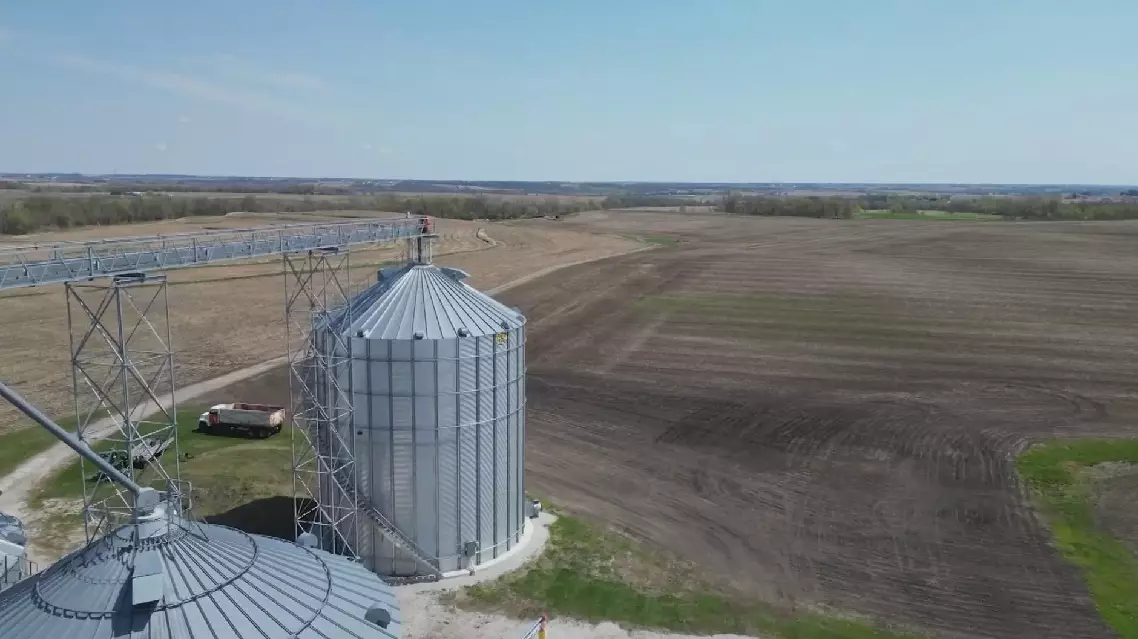
US tariff policy turmoil threatens Iowa's farmers, disrupting exports



